AI and Skills Taxonomy: Empowering Employee Reskilling
by Navjot Kaur
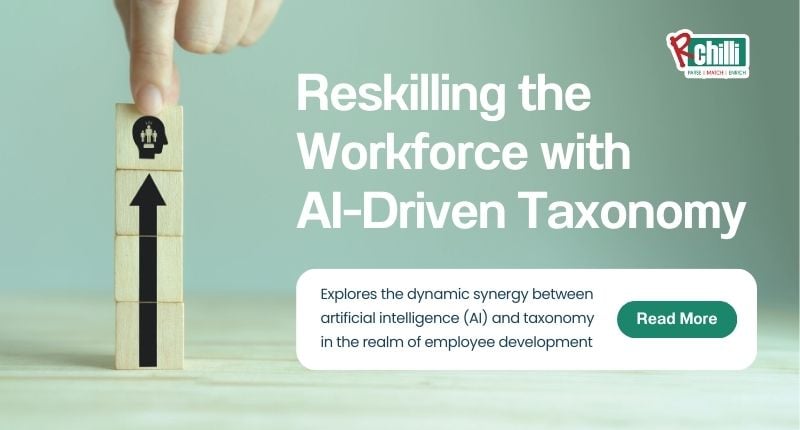
How is AI & Skills Taxonomy helping in reskilling the workforce? Wait! Isn't AI taking away jobs? These are common questions that arise when discussing the role of AI in the job market. However, it is important to recognize that AI is not solely responsible for job losses. In fact, AI is playing a significant role in reskilling and upskilling employees, ensuring that they remain valuable assets in a rapidly changing job market.
In a rapidly changing job market, the fear of automation and AI taking away jobs has loomed for several years. However, this perspective often overlooks AI's significant role in reskilling and upskilling employees. Rather than replacing human workers, AI is emerging as a powerful tool to identify skill gaps and facilitate acquiring of new skills. In this blog post, we'll delve into the ways in which AI is facilitating employee reskilling and upskilling, while also shedding light on the pivotal significance of skills taxonomy in this process.
The AI Revolution: Closing Skill Gaps, Not Job Losses
According to Sander van ‘t Noordende on Forbes:
"We stand more to gain than to lose"
With each technological revolution has come waves of labor market disruption but also growth opportunities. PwC’s forecast suggests that AI could contribute a remarkable $15.7 trillion to the worldwide economy by the year 2030.
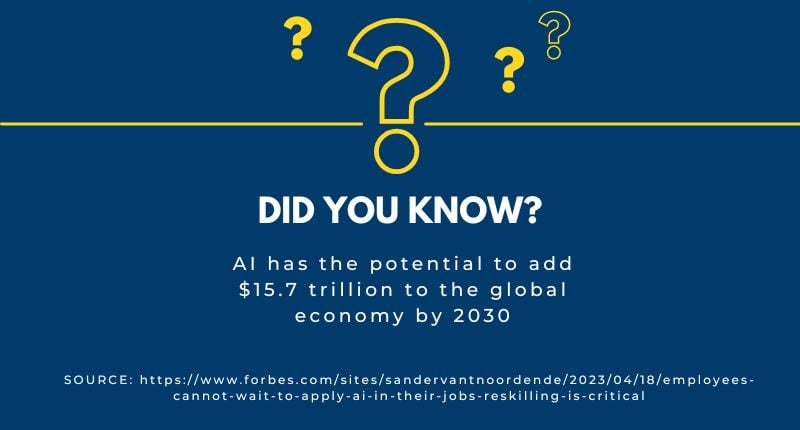
The idea that AI will lead to job losses is a common misconception. While AI and automation have streamlined and transformed various industries, they've also created a demand for new skills. AI is enabling employees to adapt and thrive in this ever-evolving landscape. Here's how:
Skill Gap Analysis: AI analyzes large volumes of data to identify organizational skill gaps. It assesses employees' existing skills and maps them against the skills required for their roles. This helps employees understand where they need to improve but also assists employers in making informed decisions regarding reskilling initiatives. Skill gap analysis has become crucial in a rapidly changing job market, where outdated skills can quickly become obsolete.
Personalized Learning Paths: AI-driven platforms provide customized learning paths for employees. AI recommends the most suitable courses and resources by considering an individual's skills, learning preferences, and career goals. This tailored approach ensures that employees invest their time and energy in acquiring the skills that matter most for their roles. Personalization is vital to ensuring that employees remain engaged and motivated in their reskilling journey.
Continuous Learning: AI promotes a culture of constant learning. It updates employees with industry trends and technologies by delivering bite-sized, relevant content. This approach keeps employees engaged and motivated to expand their skill set. Continuous learning is the essential factor for staying pertinent and competitive in a swiftly evolving world.
Performance Monitoring: AI can track an employee's progress as they reskill. This allows employers to measure the effectiveness of their reskilling programs and make necessary adjustments to ensure better outcomes. Performance monitoring provides valuable feedback on the success of reskilling efforts and allows for real-time adjustments to improve the learning process.
The Role of Taxonomy in Employee Reskilling
Taxonomy, the science of classification, plays a pivotal role in AI-driven employee reskilling programs. It involves categorizing skills, knowledge, and competencies into a structured framework. This structured approach serves various purposes:
Skill Categorization: Skills taxonomy helps in the systematic categorization of skills, making it easier for AI to identify and map them. This ensures that the reskilling process is efficient and well-organized. Skill categorization provides clarity on what skills are required and helps streamline the process of acquiring them.
Alignment with Business Goals: Taxonomy allows organizations to align employee skills with their broader business objectives. By classifying skills in a taxonomic framework, companies can create reskilling strategies that directly contribute to their growth and innovation. When skills are aligned with business goals, reskilling becomes a strategic effort that drives the company forward.
Standardized Evaluation: Taxonomy creates a standardized way to evaluate skills and competencies. It fosters a shared understanding between employees and employers when addressing skill prerequisites and tracking progress. Standardized evaluation facilitates effective communication and provides a common understanding of skill expectations and progress tracking.
Data Consistency: When AI systems are fed data that adheres to a well-defined taxonomy, they can provide more accurate insights. This helps in the creation of effective reskilling programs. Data consistency is critical in ensuring that AI systems can make sense of the information they receive, leading to better-informed reskilling recommendations.
Download skills taxonomy infographic to learn how you can identify and hire top talent.
The Future of Work and Employee Empowerment
Dynamic changes in technology, job roles, and skill requirements characterize the future of work. It's a landscape where adaptability and continuous learning have become prerequisites for long-term career success. In this scenario, AI is a valuable ally, not a threat, to employees.
Rather than displacing human workers, AI empowers them by providing the tools and resources needed to remain relevant and competitive in their fields. The combination of AI and taxonomy facilitates a structured, data-driven approach to reskilling, ensuring that employees acquire the skills that align with their job roles and business goals.
AI and Skills Taxonomy in Action: A Real-World Example
To illustrate how a hypothetical technology company might use AI and Skills Taxonomy to enhance their team's capabilities, particularly in an emerging field like machine learning, let's break down the process into clear, actionable steps:
Step 1: Identifying Skill Gaps: Initially, the company employs AI to analyze the current competencies of its software development team. AI is an efficient tool that quickly assesses the team's skills and identifies those they need to succeed in their projects. This analysis helps pinpoint critical skill gaps, such as a deficiency in machine learning expertise, essential for developing cutting-edge products.
Step 2: Creating Personalized Learning Paths: Using AI insights, the company crafts tailored learning experiences for each team member, incorporating machine learning courses, coding exercises, and hands-on projects suited to individual skill levels and career goals. This targeted approach boosts learning effectiveness and increases job-matching accuracy by 45%, ensuring employees are ideally suited for roles that match their new skills.
Step 3: Promoting Continuous Learning: AI tools keep the team informed of the latest trends and developments in machine learning. This continuous learning is vital in a field where technology evolves rapidly, ensuring the team remains at the forefront of their industry.
Step 4: Monitoring Progress: AI systems track progress as team members advance through their learning journey. This monitoring is comparable to having a coach who continuously provides feedback, allowing the company to assess how well team members adapt to new skills and make necessary adjustments to the learning paths.
Step 5: Using Taxonomy to Organize Learning: Throughout this process, a well-defined taxonomy system categorizes and classifies various skills and competencies related to machine learning. This structured approach facilitates the organization of learning content and ensures that the reskilling efforts align with the company's broader objectives to foster innovation and develop new products.
By implementing these steps, AI and skills taxonomy not only assist in identifying and bridging skill gaps but also support continuous development and strategic alignment with business objectives. Ultimately, this makes the workforce more adept and the business more competitive.
Conclusion
AI and taxonomy are powerful tools to reskill and upskill employees, ultimately empowering them to thrive in a constantly evolving job market. These technologies enable employees to identify and address skill gaps, personalize their learning journeys, engage in continuous learning, and track their performance. Taxonomy's role in categorizing skills and aligning them with business objectives further enhances the efficiency and effectiveness of reskilling initiatives.
In the face of technological advancements and changing industry landscapes, AI and taxonomy are not the adversaries of employees; they are their allies. By leveraging these tools, organizations and their workforce can navigate the future of work with confidence, adaptability, and a commitment to ongoing learning and improvement. The future looks brighter in this symbiotic relationship between humans and technology.

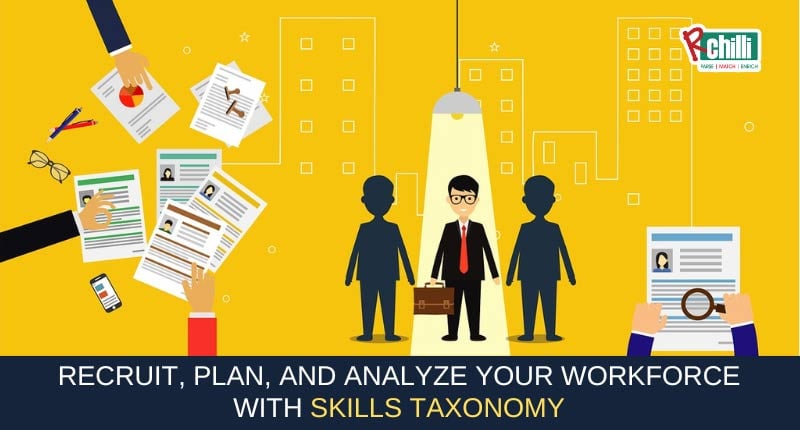
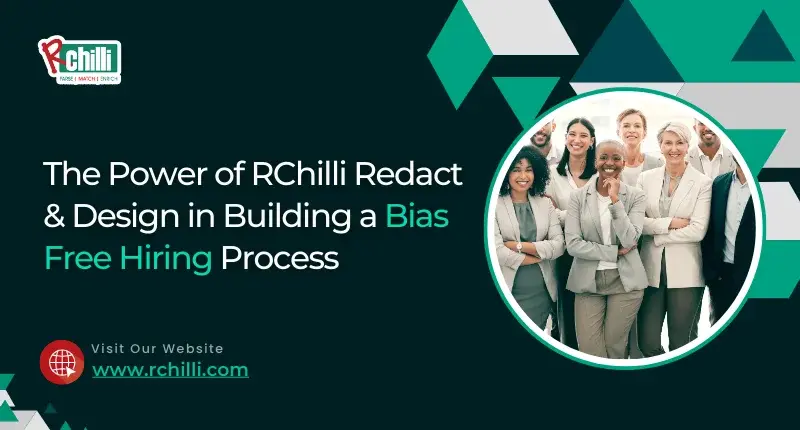

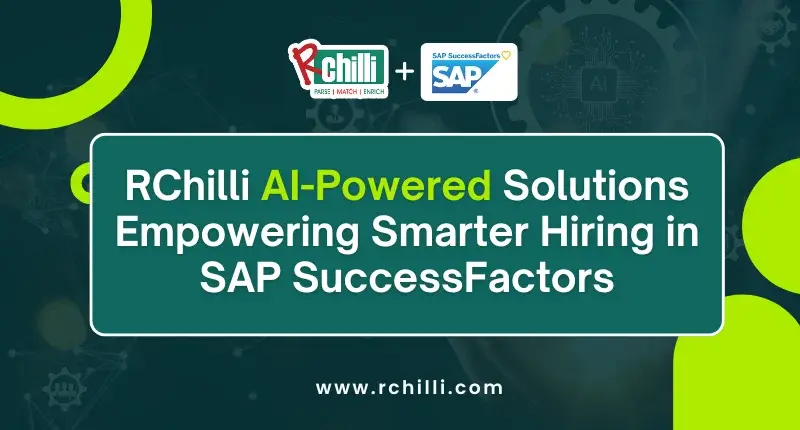
Leave a Reply